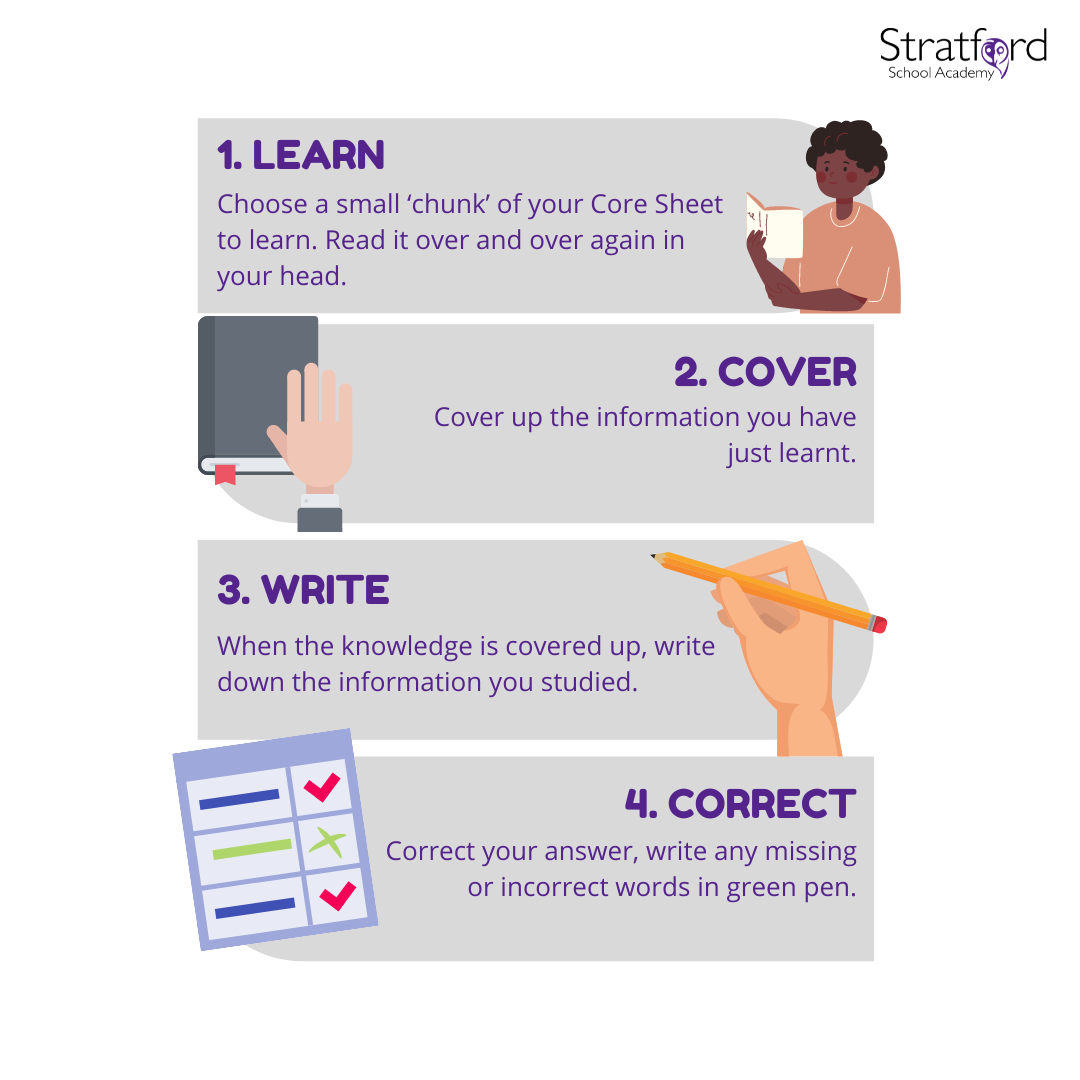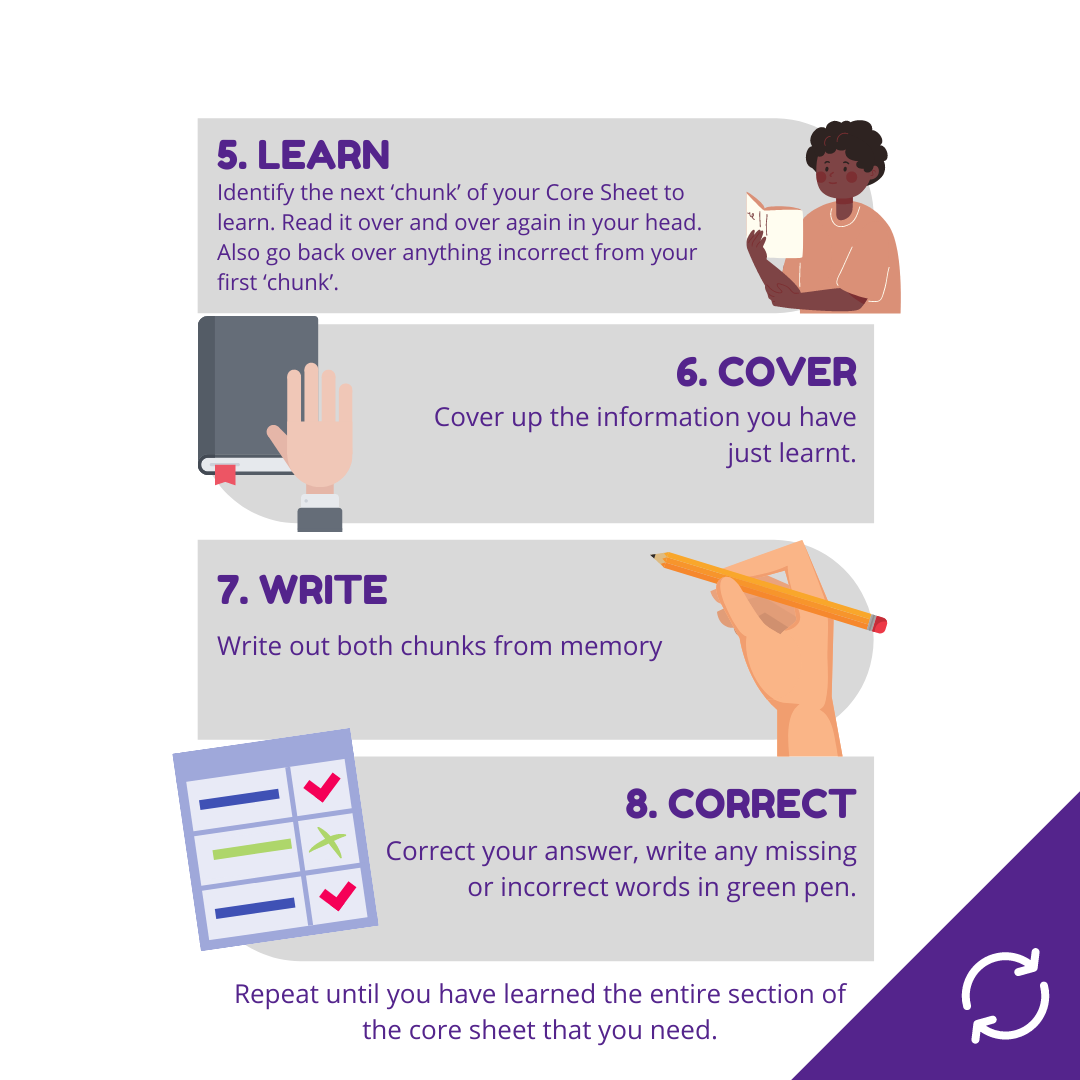Knowledge Organisers
What are knowledge organisers?
A knowledge organiser is a set of key facts or information that students need to know and be able to recall to ‘master’ a unit or topic. Typically, an organiser fits onto one page of A4 – this helps students to visualise the layout of the page which in turn helps them to memorise the information better.
How will a knowledge organiser help my child?
We will begin to make Knowledge Organisers available at the start of each unit to help students remember what they are learning and to help them to see the bigger learning journey in their subjects. Instead of forgetting previous learning, students continually revisit and retrieve prior learning from their memories.
How will a knowledge organiser help me to help my child?
Some parents are worried that they do not have all of the subject specific knowledge to be able to help their children but knowledge organisers exist to bridge those possible gaps. Other family members can also use them to test and quiz the students on the content of the Knowledge Organiser.
WHERE CAN I FIND THE SSA KNOWLEDGE ORGANISERS?
Knowledge Organisers for each subject are now available on our website via the Curriculum: Subjects page. Simply head to the subject you require, scroll down, and select 'Knowledge Organisers'.
How to use a knowledge organiser
How students should use KO's
Method 1

Method 2
Use the knowledge organiser to quiz yourself by covering sections or give it to a friend or parent to quiz you.
Method 3
Pick four words in a section and explain how those words are connected. This can be verbally or written down.
How parents can use KO's
Most homework set will be linked to all/some aspects of the KO. This might be to learn keywords, definition, the names of characters in a play, events of a historical period or spellings. Above and beyond any homework set by the teachers, we would recommend that students spend thirty minutes per week per subject learning the knowledge detailed in the organiser. Here are some strategies that might help you to do this.
- Read through the organiser with your child – if you don’t understand the content then ask them to explain it to you – ‘teaching’ you helps them to reinforce their learning. Get them to explain this to you making connections between different aspects of the key knowledge.
- Try converting the information into a mind map or make your own version using clip art imagery if the organiser contains a lot of text. Display on the wall or the fridge door until the memory ‘sticks’.
- Test them regularly on the spellings of key words until they are perfect. Make a note of the ones they get wrong – is there a pattern to the spelling of those words?
- Get them to make a glossary (list) of key words with definitions or a list of formulae.
- Try recording the knowledge from the organiser as an mp3 sound file that your child can listen to. Some pupils retain more information this way.
- Read sections out to them, missing out key words or phrases that they have to fill in. Miss out more and more until they are word perfect.
- Make self-quizzing cards with your child and test them on key knowledge
- Get your child to make a blank Knowledge Organiser and fill in all the gaps without looking

